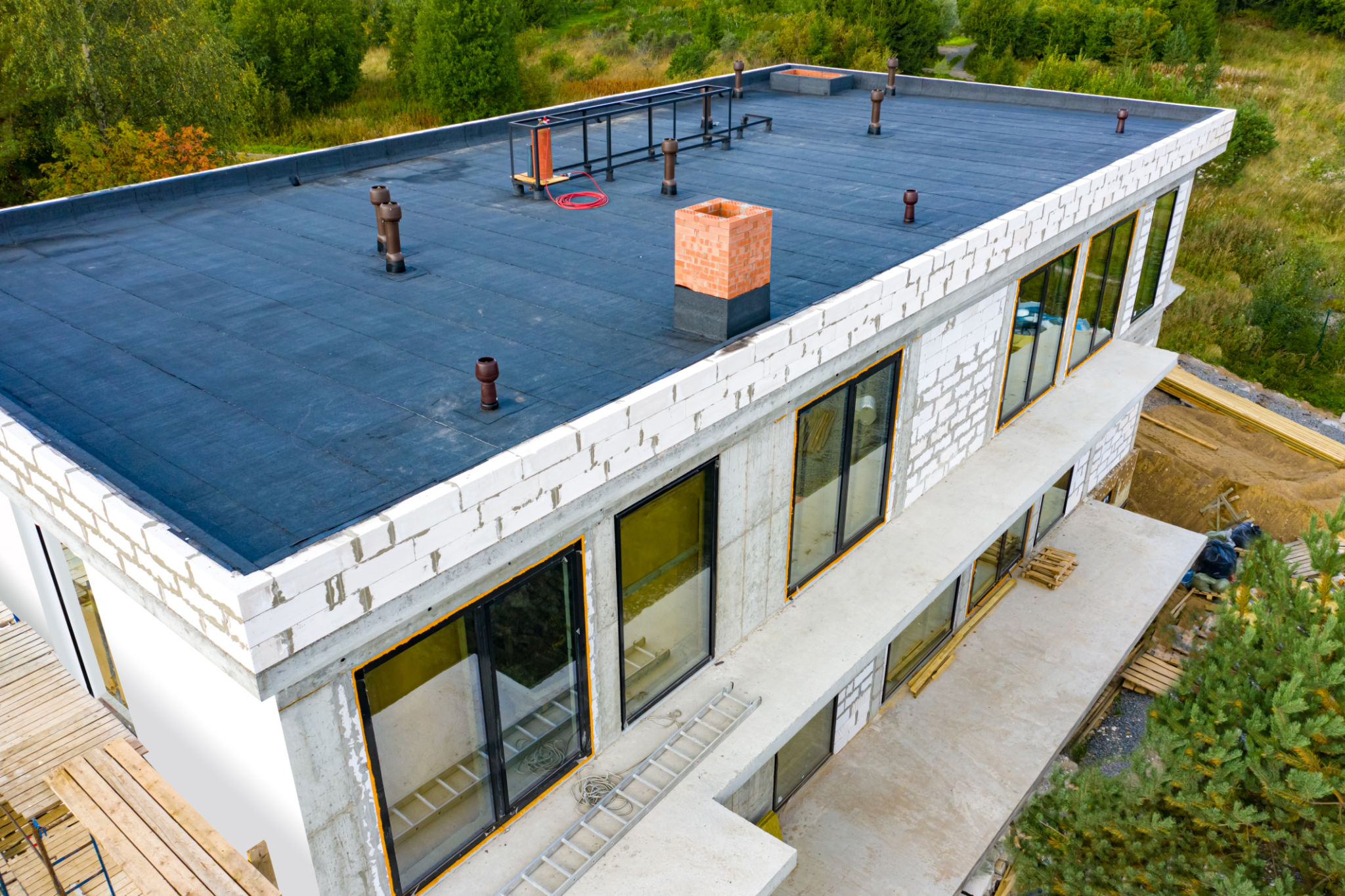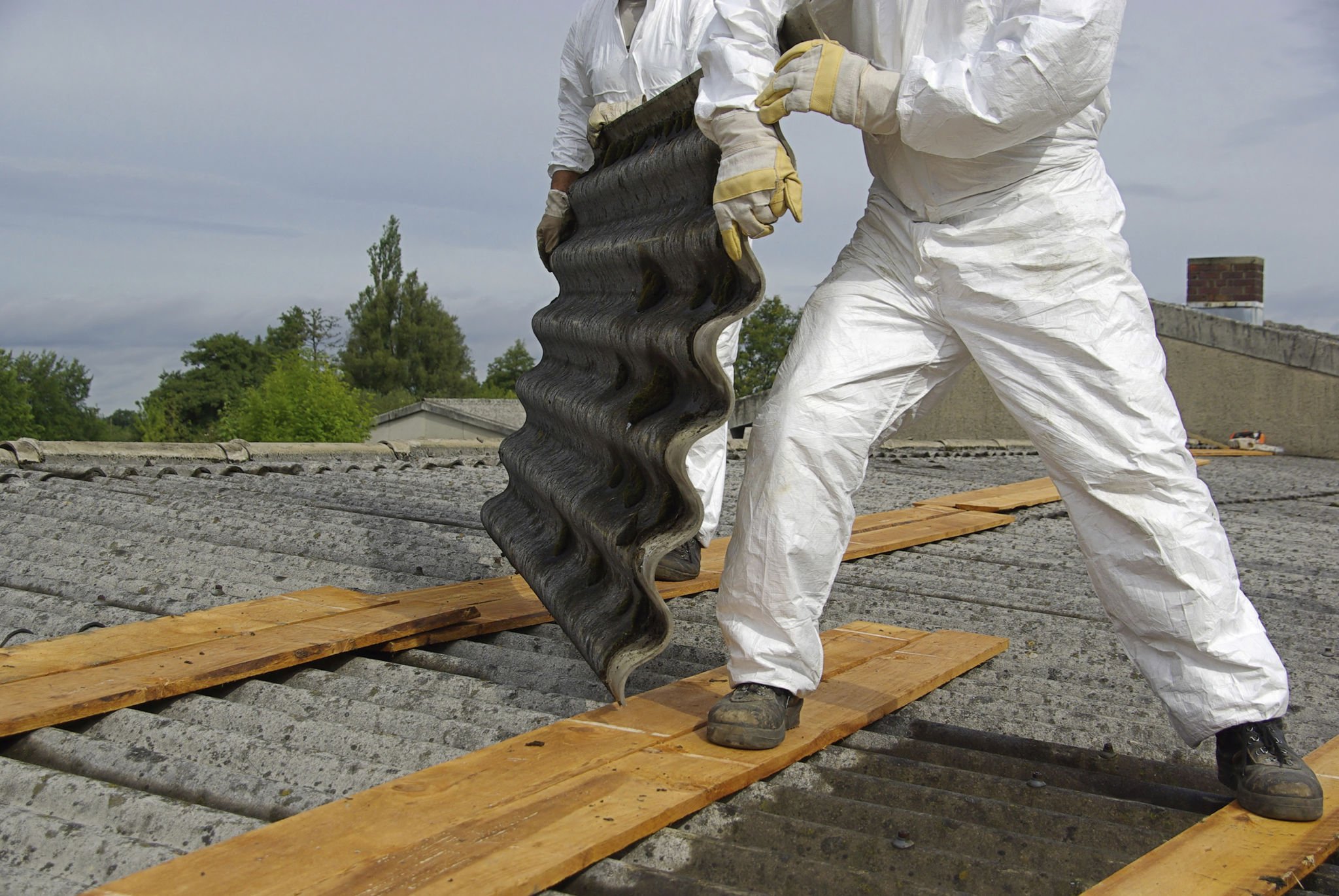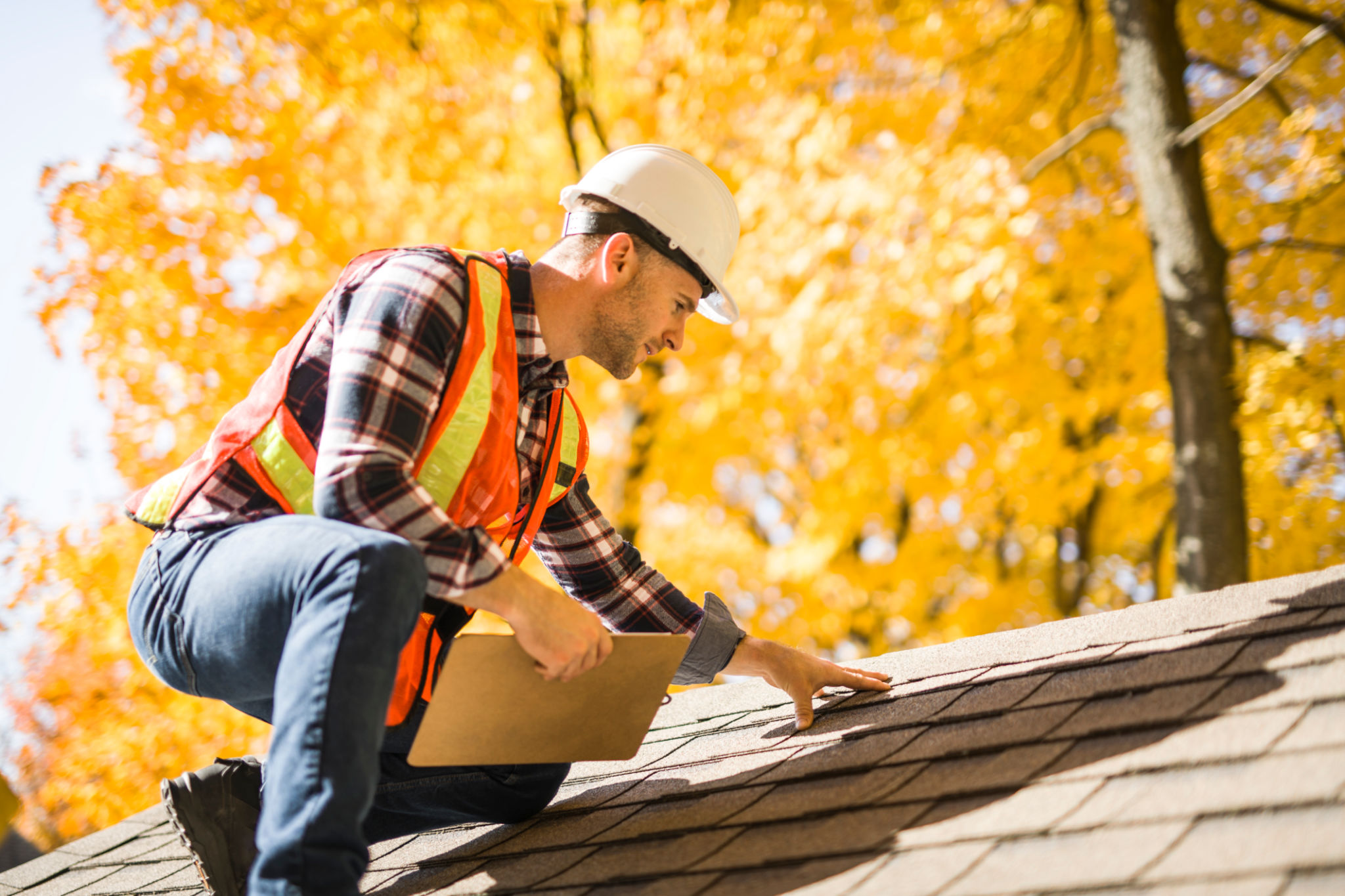What to Expect During a Commercial Roof Installation: A Step-by-Step Guide for Business Owners
Introduction to Commercial Roof Installation
Investing in a new commercial roof is a significant decision for any business owner. Understanding what to expect during the installation process can help mitigate stress and ensure a smooth transition. This step-by-step guide outlines the key stages involved in a commercial roof installation, so you know what's ahead and can plan accordingly.

Initial Consultation and Assessment
The first step in any commercial roof installation is the initial consultation and assessment. A professional roofing contractor will visit your site to evaluate your current roof's condition and discuss your specific needs. This step is crucial as it helps determine the best materials and design for your new roof.
During this phase, you should ask questions about the different roofing options available, such as flat or pitched roofs, and inquire about the durability and maintenance requirements of each material. The contractor will provide a detailed estimate, including costs and timelines, allowing you to make an informed decision.
Design and Planning
Once you've chosen a contractor and agreed on the specifics, the design and planning phase begins. This involves creating detailed plans for the roof's structure, which will be tailored to your building's architecture and any specific requirements you may have. This stage may also include obtaining necessary permits and ensuring compliance with local building codes.

It's essential to work closely with your contractor during this phase to finalize the schedule and logistics. A well-planned installation minimizes disruptions to your business operations and ensures a more efficient process.
Preparation and Removal
Before the new roof can be installed, the existing one must be removed. This involves tearing off old materials, which can be noisy and disruptive. Depending on the size of your building, this stage can take a few days to complete. It's advisable to inform your employees about potential disturbances and coordinate with the contractor to minimize impact on your business activities.
The removal process also includes inspecting the underlying structure for any damage or repairs needed before the new roof can be installed. Addressing these issues early prevents future problems and extends the lifespan of your new roof.

Installation of the New Roof
With the preparation complete, the actual installation of the new roof begins. This step involves laying down new materials according to the design plan. Depending on the type of roof chosen, this stage can involve installing insulation layers, vapor barriers, and waterproofing materials.
The installation process requires skilled labor to ensure that all components are correctly placed and secured. It’s important to monitor progress regularly and maintain open communication with your contractor to address any concerns promptly.
Final Inspection and Maintenance
After installation, a final inspection is conducted to ensure everything meets safety standards and quality specifications. This inspection is crucial for identifying any potential issues before they become serious problems.

Following this, your contractor will provide guidance on maintaining your new roof. Regular maintenance is vital to maximizing its lifespan and performance. This may include scheduled inspections, cleaning gutters, and checking for any damage after severe weather events.
Conclusion
Understanding the commercial roof installation process helps business owners prepare effectively for this substantial investment. By knowing what to expect at each stage, you can ensure a smooth installation that enhances your building's structural integrity and aesthetic appeal. Remember that choosing a reputable contractor is key to a successful project that meets all your business needs.
